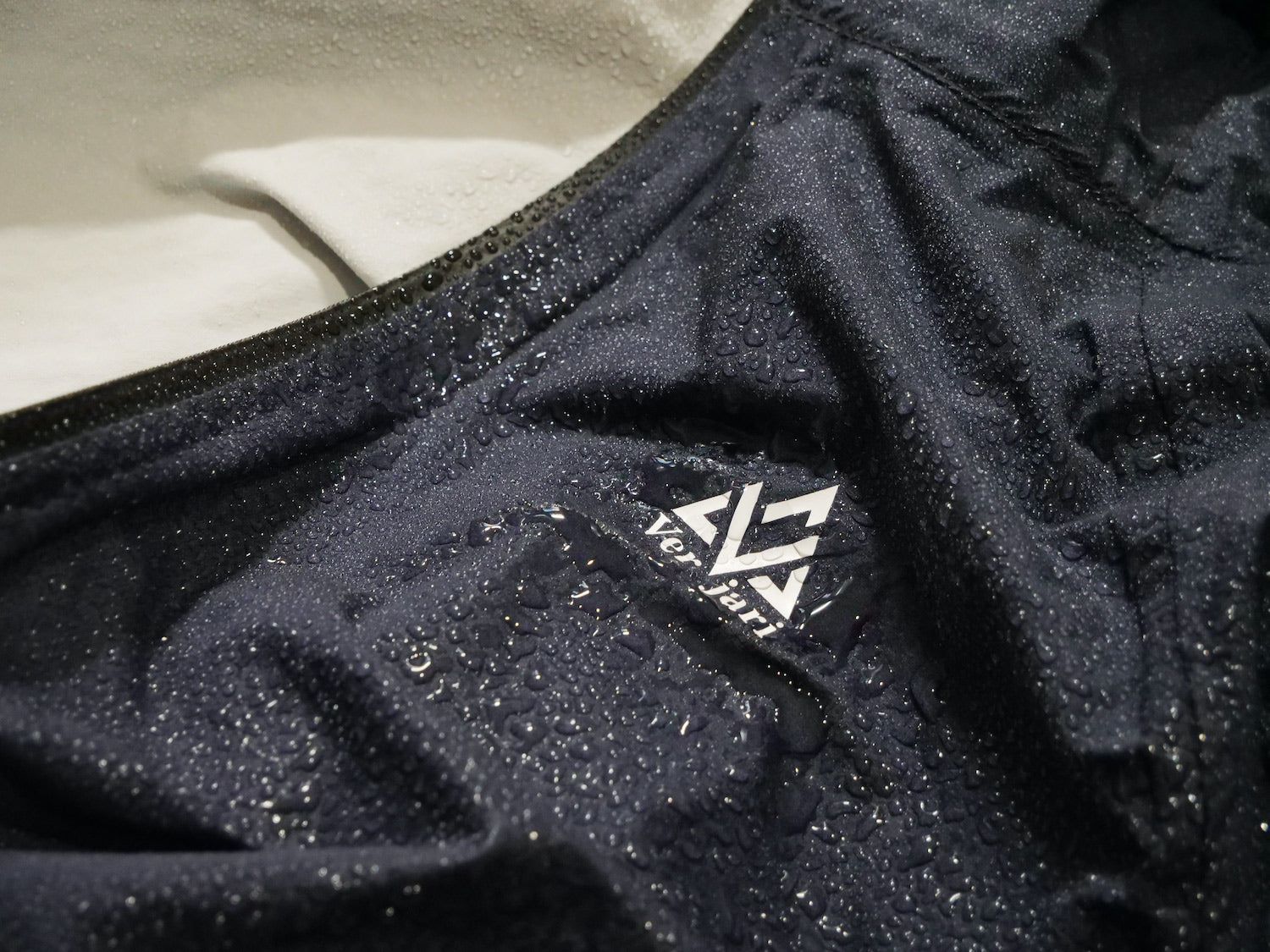Injury is undeniably part of the life of an athlete. Regardless of his level or sport, the athlete has had or will have to face an injury. To get the best of it, it's important to understand it. After convalescence, it is important to follow certain rules so as not to hit your body again.
A difficult period to manage
Every sport has its share of downsides, but all have one thing in common: it's hard to be spared your entire career from injury. Team sports players such as handball, football or basketball frequently experience joint problems in the lower or upper limbs when cyclists have to deal with falls. Runners know a lot of muscle problems that appear due to trauma caused by strides made on different types of terrain. While sprains or falls do not exempt some runners from injury, most of them experience periods of time out due to trauma to the knees and entire lower limbs. Since they seem inevitable, it is important to understand how to best manage them and how to prepare for your return to activity.
Follow the instructions of a professional if a diagnosis is made and feel free to work at home to improve recovery and best treat this injury. Perhaps more than when you are fit, be careful not to overdo the good things in your diet. Without the production of endorphins usually driven by athletic activity, your body may take longer to recover and may not have the energy to fight injury. Also be sure to attach great importance to rest.
Certain injuries are therefore recurrent in runners in particular. However, there are ways to manage them and sometimes prevent their return.
Recurrent injuries
Myo-aponeurosis is common and causes severe pain in the arch of the foot. By stimulating this part of the foot, you will gradually find better sensations. Even though this injury is complicated to heal, a change of shoes may permanently eliminate this painful discomfort.
Periostitis is very often an integral part of runners' life. Especially when resuming training, which is obviously a problem when resuming after recovering from another injury. To avoid suffering too much from the intensity, wearing compression socks can ease any pain, as can icing painful areas or clay dressings after rides.
The terrible sciatica and pubalgia have no miracle recipe. But when it's time to resume, don't hesitate to insist on stretching and even schedule sessions just for this purpose. Strengthening these areas is paramount and should be the focus of one session per week, injury or not.
Finally, the notorious wiper syndrome can, as long as the pain is not too great, be managed by modifying your training structure. If we tend to believe that it is the rough ground that brings about this pathology, it is rather the abundance of downhill runs that hit this knee area. Be careful to avoid too much descending portions during your recovery.
In the event of an injury, do not return to training 100% but instead make room for a gradual effort over several days. The return of intensity must be managed. Being forcibly stopped you will lose the benefits of your past form. Aborted workouts will prevent your general endurance from continuing to improve. This is how you will feel lactic acid build up in your muscles much more easily during your runs or recovery workouts.







